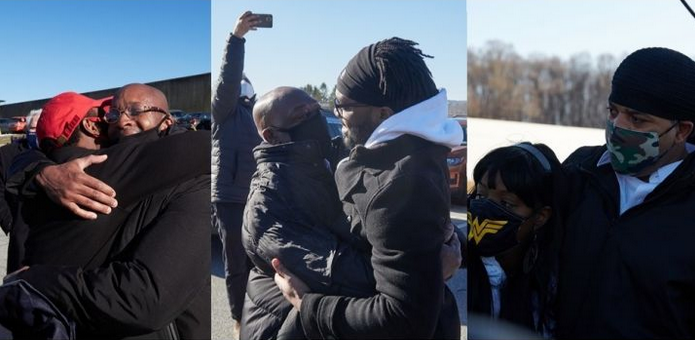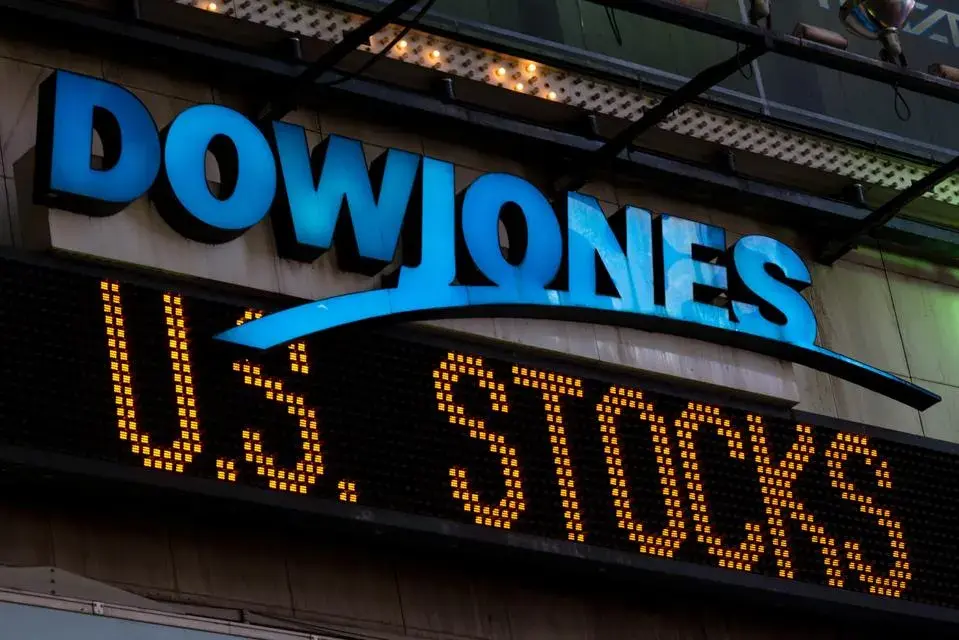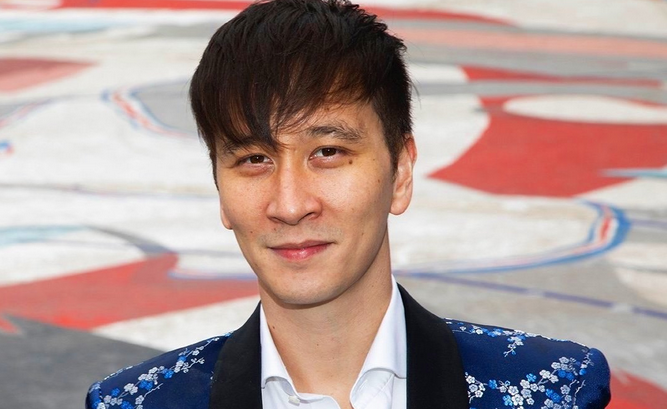Photo: GoFundMe
George Bell, Rohan Bolt and Gary Johnson, who were wrongfully convicted of a double murder in Queens and incarcerated for the last 24 years, walked free from prison on March 5, 2021.
The three men were originally convicted of killing Ira “Mike” Epstein and NYPD Officer Charles Davis during a botched robbery of Epstein’s check cashing business on Astoria Boulevard.
However, defense teams for the three men found that key evidence which could have proven their innocence was withheld by prosecutors during the initial court proceedings.
The defense lawyers filed a joint motion with the Queens District Attorney to vacate all three men’s convictions after learning that the case prosecutors had wrongfully withheld the documents in the 1990s.
Judge Joseph Zayas vacated the convictions – stating that the Queens District Attorney’s Office and prosecutors in the 1990s had deliberately withheld information — and released George, Rohan and Gary on Friday.
George, Rohan and Gary maintained their innocence from the day they were arrested more than 24 years ago. These three wrongful convictions were the product of the main factors that are known to have contributed to wrongful convictions in the past: prosecutorial misconduct, false confessions, mistaken eyewitness identifications and perjured testimony from a jailhouse informant.
The wrongful convictions stem from the horrific murders of Charles Davis, an off-duty police officer, and Ira “Mike” Epstein in the failed holdup of Epstein’s Astoria Boulevard check cashing store when it opened just after 7:00 a.m. on December 21, 1996. The crime shocked the Astoria community and angered law enforcement – then-Mayor Rudy Giuliani avowed that “if you shoot and kill a New York City Police Officer, … you’ll get executed.”
The NYPD flooded the streets of Queens in an attempt to secure justice for Mike and Charles. A low-level drug dealer was caught up in the sweep – after an interrogation by detectives, he implicated himself in the double homicide and pointed the finger at two local acquaintances of his: George and Gary. Relying on these unfounded and uncorroborated allegations alone, the NYPD lured George and Gary from George’s home under false pretenses. They were arrested minutes before Christmas Day – Giuliani had, after all, promised that the crime would be solved by Christmas.
George and Gary were subjected to hours-long, coercive interrogations. By morning, both had confessed. These confessions were riddled with inconsistencies: compared to each other’s confessions, compared to the drug dealer’s original statement implicating them, and compared to the actual murders.
George was both physically assaulted and psychologically manipulated by his interrogator, who remained in the room while George repeated his confession to the Assistant District Attorney on videotape. Mid-way through his confession, George states that he “is being framed,” – unperturbed, the ADA ignores this and continued soliciting his confession. Gary’s confession, similarly, contained incredible elements – clearly intoxicated, he responds to a question about the crime by stating that he’d “seen it on the news but[,] I didn’t think I was involved in it…”
While Giuliani was giving a press conference announcing George and Gary’s arrests, Rohan Bolt was arrested as the fourth participant in the crime. Rohan, a complete stranger to the three other accuseds, was arrested based on an ID provided by a known drug user with no connection to the crime. Rohan never confessed.
No physical evidence connected any of these men to the murders. Not at the time of their arrests, and not in the two decades that followed. Nonetheless, George was identified as the “shooter,” and the prosecutors sought the death penalty.
All three men were convicted. Gary and Rohan were sentenced to fifty years to life. George received a life sentence – all that stopped the state from executing him was the jury, who voted against the death penalty.
Unbeknownst to George, Rohan and Gary, the Queens District Attorney’s Office were in possession of evidence implicating different perpetrators in the double murders the whole time. A police report predating any of the three trials – from May 1997 – was inadvertently filed by the DA in an unconnected motion to vacate in 2019. This report contains a confession by a Jamal Clark: that he was part of a “group [that] robbed a check cashing store on Astoria Boulevard … and that something went bad.”
Based on this, lawyers for George, Gary and Rohan began filing Freedom of Information Requests – and additional exculpatory evidence began to pile up. Eyewitness accounts in complete contradiction to George and Gary’s confessions. Police reports describing the van used in the crime – conspicuously not Rohan’s burgundy car. Contemporaneous police reports containing statements that other individuals carried out the crime, including from the original drug dealer. All in the possession of the Queens DA since at least 1997; all withheld from George, Gary and Rohan.
A changing of the guard in the Queens DA provided a glimmer of hope in 2020. Melinda Katz’s newly-established Conviction Integrity Unit acknowledged the mountain of evidence demonstrating George, Gary and Rohan’s innocence. The CIU spent months reinvestigating the murders, interviewing eyewitnesses, and speaking to police officers involved. Based on the magnitude of newly-available evidence, DA Katz joined a motion asking the courts to vacate the original convictions, and grant George, Gary and Rohan their long-sought freedom.
After 24 years in prison, George, Rohan and Gary are looking forward to re-starting their lives as free men.







